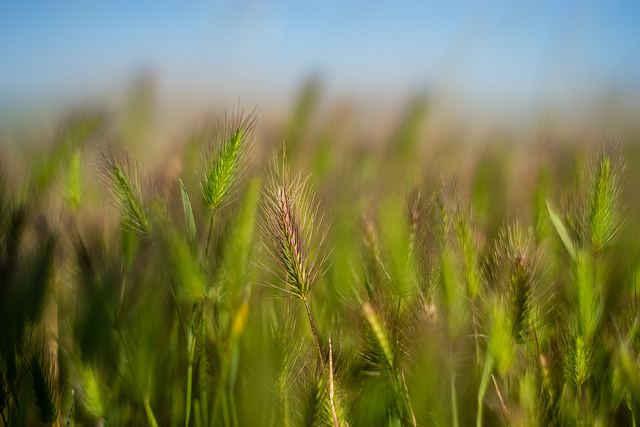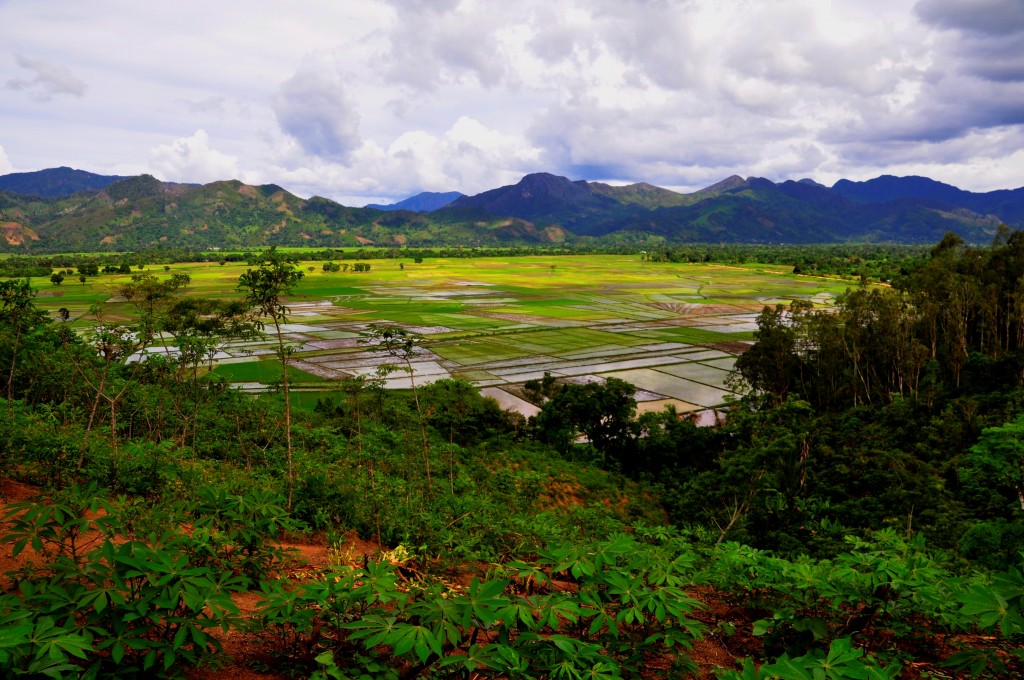Search Results for Tag: crop
Why we need the wild relatives (CWR) of our main crops
CWR is one of the abbreviations that are as unknown as they are important for the entire human race. It stands for Crop Wild Relatives and summarizes the wild, non-cultivated versions of our common food crops – wheat, sugar cane or peaches – to name just a few. Why are those wild versions important? Today’s cultivated varieties usually only produce fruit in certain environments, or under certain conditions – they would not be successful in the same way somewhere else.
However, wild crop varieties grow naturally under a much wider range of environmental conditions, and are still closely related to today’s crops. With the help of these varieties, farmers, scientists and others interested in crops are able to develop even more resistant and adaptable food sources (which is especially important in times of climate change and an explosively growing world population).
Having the examples mentioned above in mind, we find Aegilops tauschii, a relative of wheat that is resistant to the Hessian fly, a pest of cereal crops. We also see Saccharum arundinaceum, a relative of sugar cane that has the ability to survive very low temperatures. Or we see Prunus ferganensis, a wild version of peach, that is more tolerant to drought. Losing these wild varieties would mean losing the opportunity to breed resistant, stronger or more tolerant crops, if needed in the future (Source: BBC).
To raise awareness of this fact, scientists have just released the most complete database of wild crops to date. This database includes 173 crops and their 1,667 main wild relatives, along with their traits and location. The aim of this Atlas is to provide information on distribution and to collect priorities for the wild relatives of important crops. Exploring the map shows that many of the CWRs are growing in actual conflict zones in the Middle East, the cradle of all modern agriculture. And that adds a different, but not be underestimated, factor to today’s conflict situation.
Rice crop in danger in Madagascar
In the coming days, rice fields will be buzzing with activity again in Madagascar – at least that’s the hope. The end of November usually spells harvest time in the small island country. But last November, there was simply no rice to harvest in the northeast of the country, near the Marojejy National Park. When I visited the director of the park, Jean Hervé Bakarizafy, in early 2012, he told me that cultivating rice is supposed to run like clockwork. “In Andapa, a small town near the entrance of the park, people plant rice twice a year. They plant at the end of January and harvest in May. In July, they prepare their fields for the second season. They plant again in August and harvest for the second time at the end of November,” he said.
But Bakarizafy’s face dropped when he told me about the changes that occurred in 2011. “In the middle of 2011 – during our winter season – it was too dry to plant the second round of rice. There was absolutely no water left,” he said. And he’s certain that it wasn’t just a fluke. Elderly villagers who have lived in the area their entire lives started to speak up, and they all seemed to agree: in recent years, the weather seemed to be getting drier and drier.
The World Bank’s climate data portal confirms their concerns. “In the central regions and along the east coast, the amount of rainfall has fallen steadily between 1961 and 2005, accompanied by longer periods of drought,” said the World Bank, identifying the declining precipitation as a “major trend” for Madagascar. The organization also said that rainfall was noticeably less in winter and spring months – the middle of the year for Madagascar, which is located in the southern hemisphere.
Bakarizafy added that those weather patterns could spell disaster for rice farmers. “The people are very worried because if it goes on like this, they might not be able to get in the second harvest of the year anymore,” he said. That would mean the people in and around Andapa wouldn’t have enough rice for themselves, and they would be forced to sell less. At the market, prices for one kapoka, or scoop, of rice would go up.
And that in a country that is one of the largest consumers of rice in the world. The average person in Madagascar eats nearly 100 kilograms of rice a year. There is rice soup in the morning, and at lunch and dinner there is rice with white beans, green beans and carrots, a chili paste or meat. Back in 2010, the island’s agricultural minister said that rice accounts for more than half of all calories consumed in the country and 80 percent of all village families worked in rice cultivation. At that time, Madagascar had just joined the non-profit research center AfricaRice, and the organization estimated that Madagascar would need to import some 200,000 tons of rice a year to meet the growing demand.
So it’s no wonder that the farmers of Andapa are hoping they can harvest as much rice as possible in the next few days.
Author: Franziska Badenschier
Editor: Sumi Somaskanda






Feedback